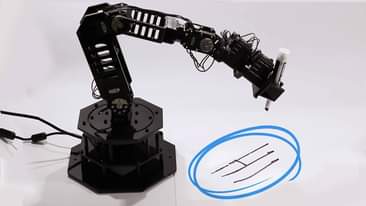Click on photo to start video.
This device removes blood clots.







Click on photo to start video.
The four astronauts launching on NASA’s SpaceX Crew-2 mission will spend six months on the International Space Station: a state-of-the-art microgravity laboratory.
🔬 🧪 They’ll work on science and research to benefit life on Earth & test technologies to enable us to return to the Moon and explore beyond: youtu.be/TiUvXmRDwEQ



It’s been a busy week!
🚀 Samples of a 4.5-billion-year asteroid head to Earth on our #OSIRISRex mission.
🔭 NASA’s James Webb Space Telescope checks off a key prelaunch milestone.
⛈️ Scientists develop a way to view satellite data in 3D to gain a better understanding of severe weather.
Watch This Week at NASA for details on these stories and more: youtu.be/mplLzUMYKuM